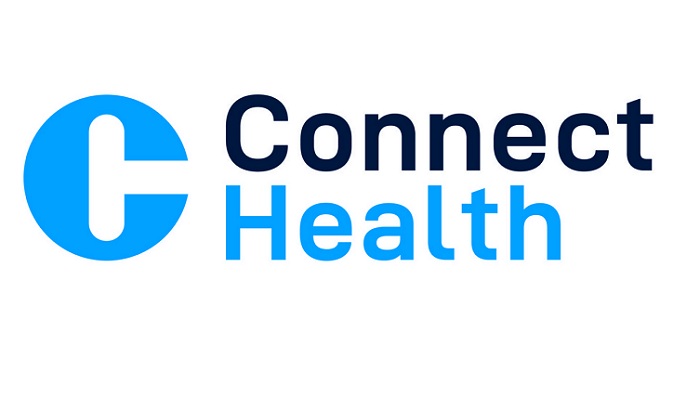CHART (COVID-19 Connect Health Assessment of Risk Tool) introduced to support MSK clinicians in making the right decisions for managing patient care whilst services are restricted
A new risk assessment tool which supports MSK clinicians in making difficult decisions in weighing up COVID-19 risk with clinical need, has been rolled out nationwide and published in the BMJ Open Sport & Exercise Medicine. The journal, which has a strong MSK readership worldwide, published C-CHART, detailing how the ‘tool can serve to improve the consistency of clinical decision-making during restitution of face-to-face MSK services in England’.
As the pandemic caused clinicians to switch from face-to-face musculoskeletal (MSK) care to providing telephone or video consultations almost overnight, Connect Health, the UK’s leading independent community provider of musculoskeletal services (including physiotherapy, orthopedics, pain, rheumatology, and occupational health services), initially designed C-CHART to guide their own MSK clinicians to balance the health needs of patients whilst prioritizing patient safety during the protracted Covid-19 outbreak.
Having trialed it for a number of months across the UK and using the latest evidence from UK studies, Connect Health has now made the tool available to all clinicians, expertly reducing subjectivity in assessment of risk and improving the consistency of clinical decision-making during restitution of face to face MSK services.
As waiting lists for planned care rise – reports suggest from 4m to 10m by the end of this year, NHS England has recently recommended prioritization of more urgent conditions, including those people whose condition has deteriorated and those waiting the longest, as part of a phased return to pre-COVID-19 service provision. Routine GP appointments are slowly getting back to near normal levels, and the pandemic has led to significant changes in how NHS services are delivered and the vital need for infection control.
Clinicians now need to assess an individual’s risk factors for complications from COVID-19 alongside their clinical priority to inform a shared-decision making discussion about appropriate face to face care delivery.
There are two parts to the tool; the first is the individual patient COVID risk assessment and the second is the clinical prioritization, enabling the clinician to answer questions related to patient risk and the increased risk to the clinicians of a face-to-face appointment. The resulting overall risk score informs a shared decision-making discussion with the patient about the balance of risks and benefits of in-person care and aims to reduce subjectivity.


















